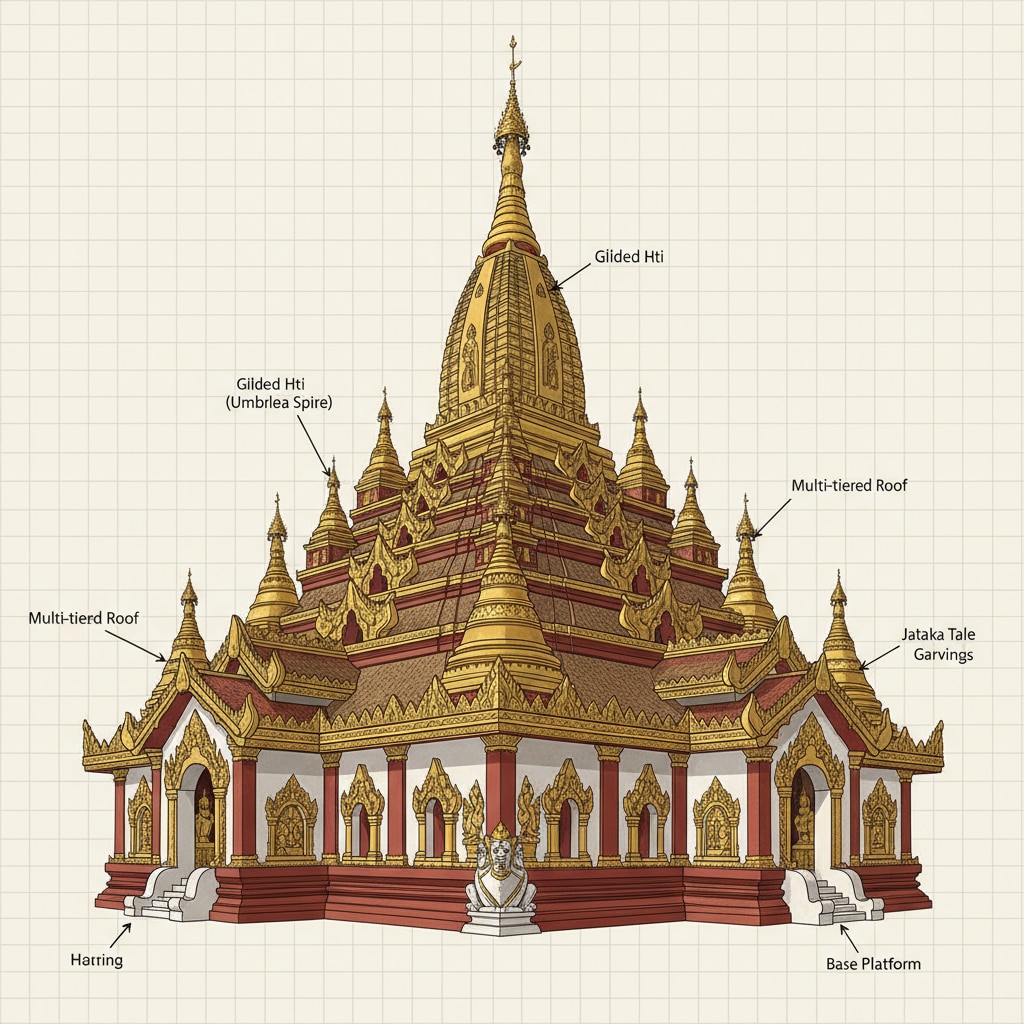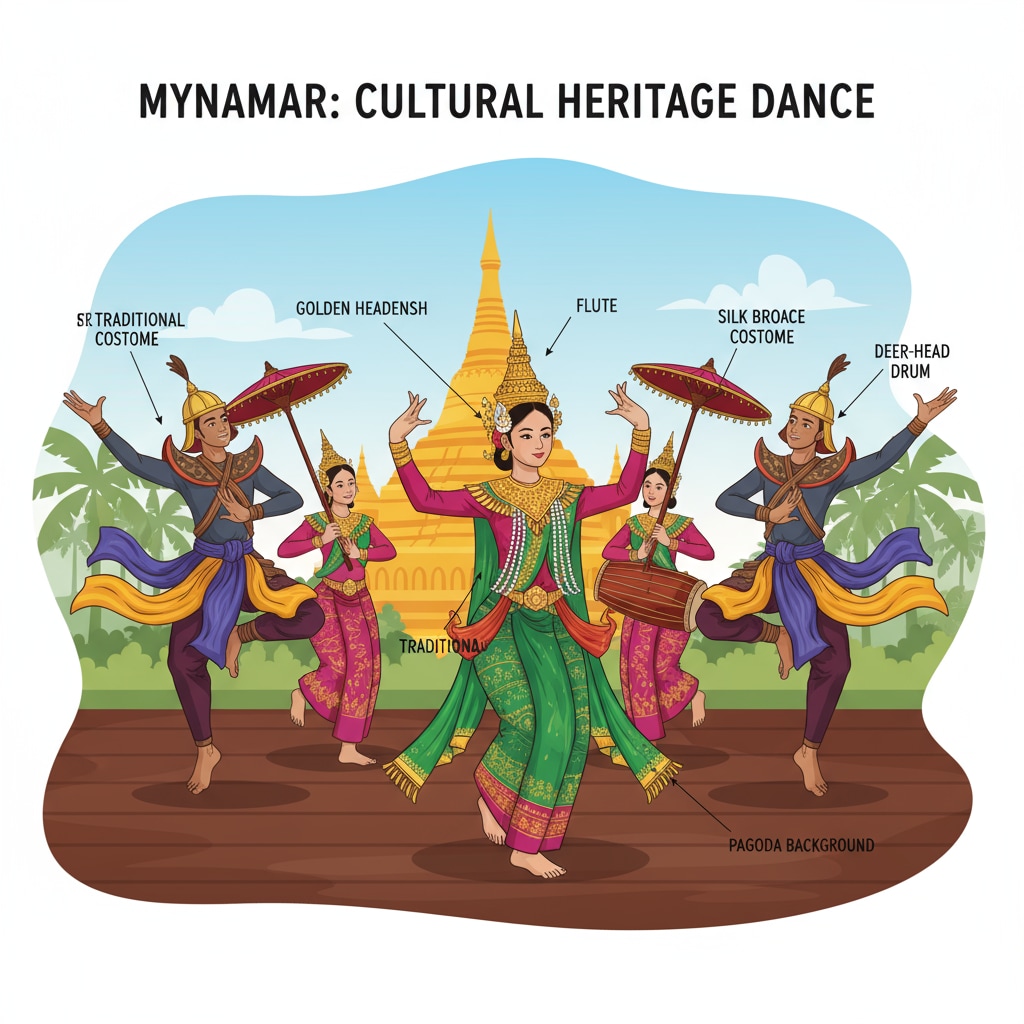Myanmar, a country rich in cultural heritage, often goes unnoticed on the international stage, lacking the attention it truly deserves. In the realm of K12 education, where the goal is to cultivate a global perspective, countries like Myanmar with their unique cultural legacies are frequently overlooked. This article aims to shed light on how Myanmar’s distinct cultural resources can be integrated into curriculum design to help students develop a more comprehensive and inclusive worldview.

The Overlooked Myanmar on the Global Stage
Despite being home to a wealth of cultural traditions, Myanmar has not received the international spotlight it merits. In the global arena, the focus often lies on more prominent economies and politically influential countries. Myanmar’s isolation at times due to various historical and political factors has further contributed to its being in the shadows. For example, compared to its Southeast Asian neighbors like Thailand and Vietnam, Myanmar is less frequently featured in international media, educational materials, and cultural exchanges. However, this lack of attention doesn’t diminish the richness of its cultural heritage.

Myanmar’s Rich Cultural Tapestry
Myanmar’s cultural heritage is a vibrant tapestry woven with elements of art, music, dance, and architecture. Its traditional art forms, such as intricate woodcarving and delicate silk weaving, showcase the skill and creativity of its people. The music of Myanmar, with its unique melodies played on traditional instruments like the saung (a harp – like instrument), is a testament to its long – standing musical traditions. The dance forms, often accompanied by music, tell stories of mythology, history, and daily life. In terms of architecture, the magnificent temples and pagodas, like the Shwedagon Pagoda in Yangon, stand as symbols of Myanmar’s religious and cultural identity. These cultural elements are not only a source of national pride but also valuable educational resources.
Integrating Myanmar’s cultural heritage into K12 education can have numerous benefits. It exposes students to different ways of life, beliefs, and values, fostering empathy and understanding. For instance, by studying Myanmar’s art, students can learn about different aesthetic sensibilities and techniques. When exploring its music and dance, they can develop an appreciation for diverse cultural expressions. This integration also helps in creating a more inclusive curriculum that represents the global diversity of cultures. As a result, students can build a more well – rounded and accurate view of the world.
Readability guidance: We have used short paragraphs to present clear ideas. Lists could be further incorporated in future expansions. The passive语态 has been minimized, and transition words like ‘however’, ‘for example’, and ‘as a result’ have been used to enhance the flow of the text.


